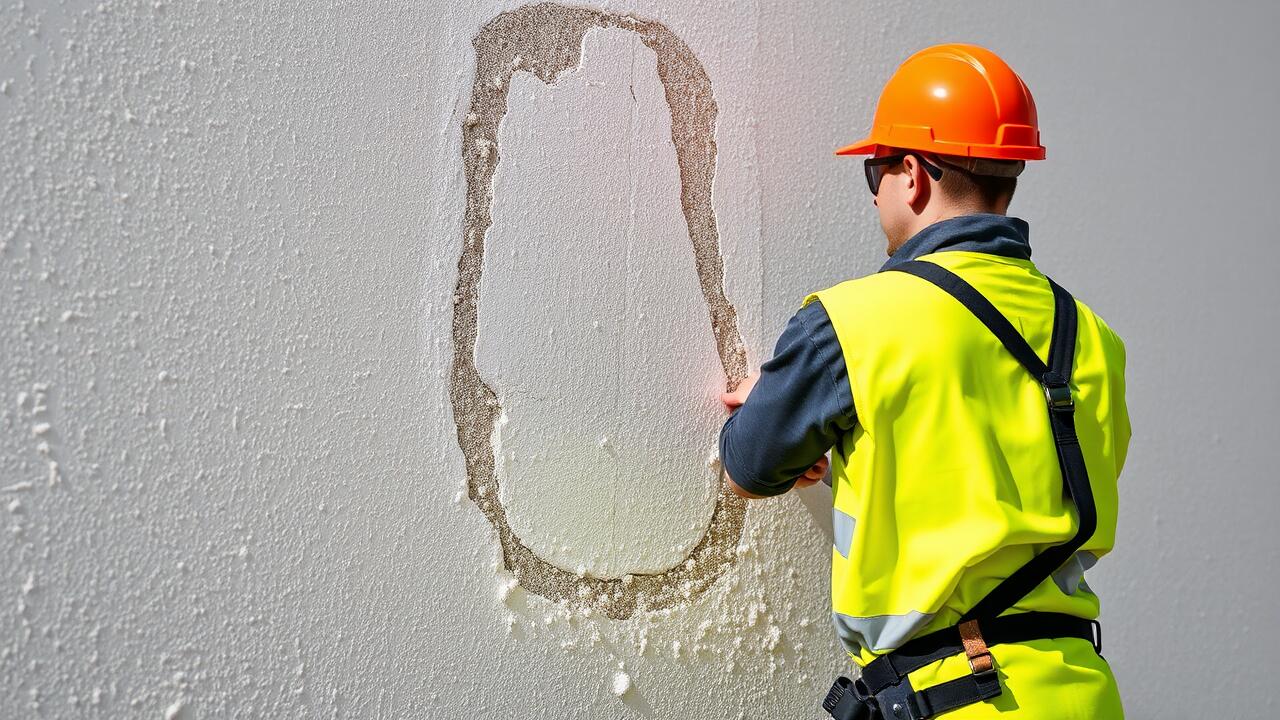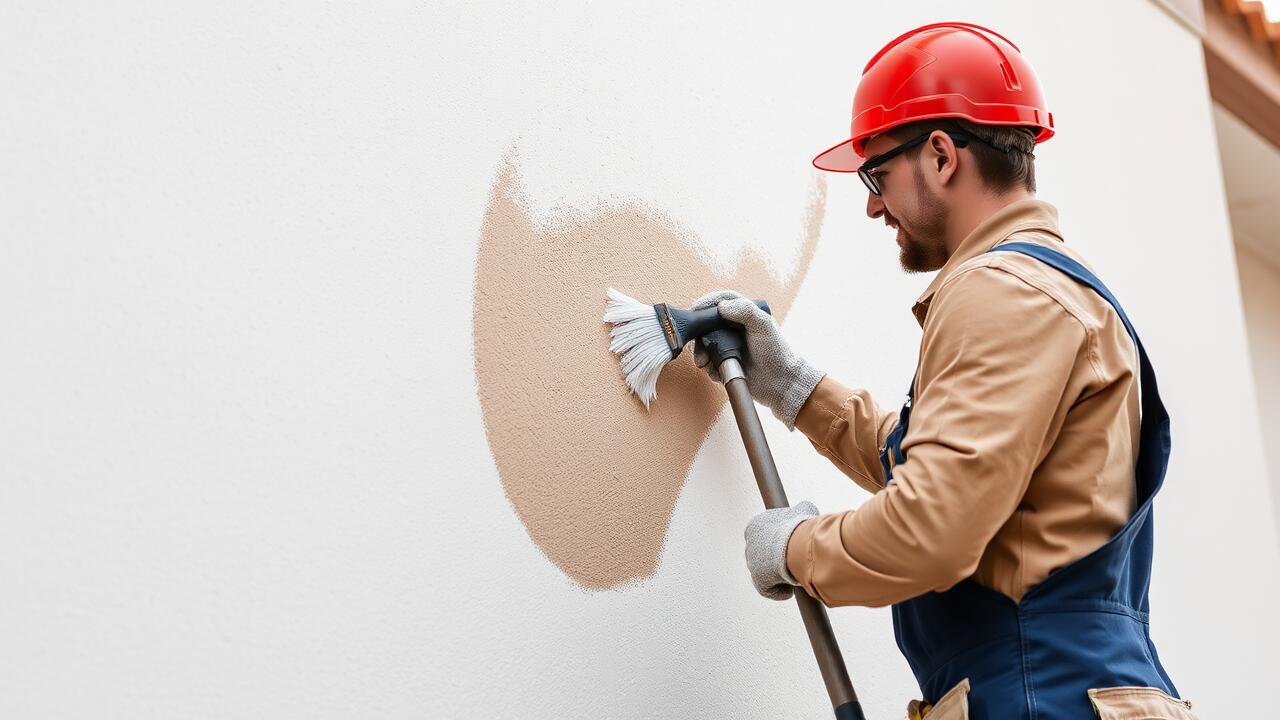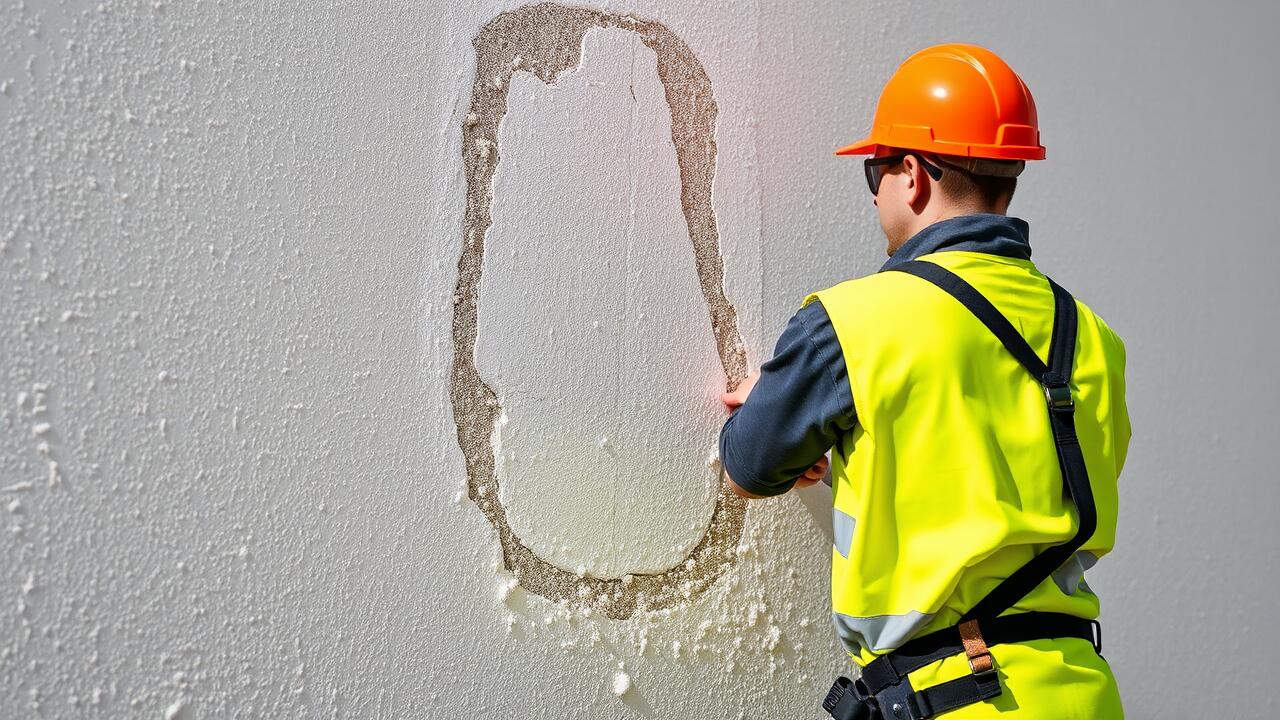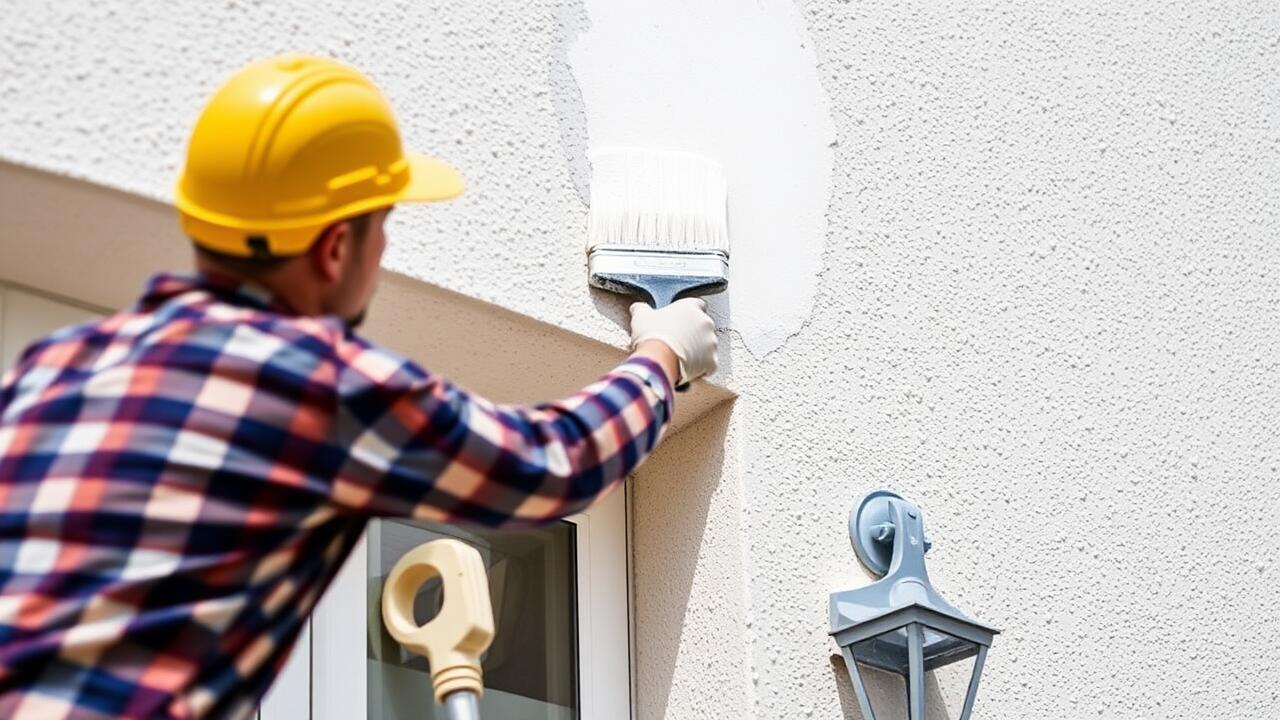
Applying Primer
Applying primer is a crucial step when preparing stucco surfaces for painting. The primer not only seals the porous texture of the stucco but also helps the paint adhere better, ensuring a longer-lasting finish. For those considering a home improvement project, such as Stucco Painting in San Pedro, Los Angeles, choosing the right primer is essential. A high-quality acrylic latex primer is often recommended for its ability to withstand exterior conditions while providing an optimal base for the paint.
Before applying the primer, it is important to clean the stucco surface thoroughly. Remove any dirt, dust, or previous paint that could interfere with adhesion. A pressure washer is beneficial for this task, as it can reach into the nooks and crannies of the stucco texture. After cleaning, allow the surface to dry completely. Once dry, you can begin applying the primer with a roller or spray gun, ensuring even coverage across the entire area.
Importance of Primer for Stucco
Applying primer to stucco is a crucial step in the painting process. It helps to create a uniform surface that enhances paint adhesion. In areas like San Pedro, Los Angeles, where stucco surfaces often face harsh weather conditions, using a quality primer can significantly extend the life of the paint job. Primer seals the porous surface of the stucco, preventing moisture from getting trapped underneath the paint, which can lead to peeling or blistering over time.
Additionally, a good primer can improve the final appearance of the paint. It helps in achieving brighter color vibrancy and ensures even coverage across textured surfaces. For those seeking a lasting and visually appealing finish, especially in regions prone to humidity and rain, investing time in applying an appropriate primer is essential for successful stucco painting in San Pedro, Los Angeles.
Painting Techniques for Stucco
When engaging in stucco painting, it is crucial to consider the texture and porosity of the surface. Various techniques can enhance the final appearance while ensuring that the paint adheres properly. A sprayer often provides a smooth finish and effectively reaches intricate details in stucco surfaces. In contrast, using a roller can help achieve a finer texture but may require additional effort to fill in crevices. For those undertaking stucco painting in San Pedro, Los Angeles, understanding the local climate can also influence the choice of tools and painting methods.
In addition to selecting the right application technique, maintaining a consistent painting pattern is essential for achieving even coverage. Start by painting the edges and corners with a brush, then move to larger areas using a roller or sprayer. Overlapping strokes while painting can prevent noticeable lines and discrepancies. It is advisable to work in sections and remain aware of drying times to avoid lap marks. Employing these techniques will not only enhance the aesthetic but also extend the life of the paint job on stucco surfaces.
Best Practices for Even Coverage
Achieving even coverage when painting stucco is crucial for a polished finish. Begin by using a high-quality roller specifically designed for textured surfaces. A thick nap roller can help distribute paint evenly across the uneven texture of stucco. This technique reduces the risk of unsightly streaks and patches. When applying the paint, use a systematic approach by working in sections to ensure that each area receives adequate attention.
For those undertaking stucco painting in San Pedro, Los Angeles, it's beneficial to consider the weather conditions before starting. Ideally, choose a day with mild temperatures and low humidity to allow for better paint adherence and drying. Back-brushing while rolling can further help embed the paint into the texture, promoting an even and durable finish. Always look for areas that may need more attention while the paint is still wet, making any necessary adjustments to maintain a consistent look throughout the surface.
Drying and Curing Time
The drying and curing time for stucco paint can significantly influence the final look of the project. After applying paint, it’s crucial to allow sufficient time for the surface to dry thoroughly before subjecting it to weather conditions or additional treatments. Typically, stucco may take anywhere from 24 to 48 hours to dry to the touch, while a complete cure can take up to several weeks, depending on humidity and temperature. Allowing this time ensures that the paint adheres properly, preventing issues like peeling or bubbling in the future.
For those performing stucco painting in San Pedro, Los Angeles, local climate factors should be taken into account. The warm, sunny conditions can expedite drying times, yet moisture on the surface can have the opposite effect, extending the duration before the paint fully cures. Monitoring these environmental factors is key to achieving optimal results and ensuring a long-lasting finish. Proper drying and curing periods will enhance the durability and aesthetics of your stucco paint job.
Understanding the Drying Process
When painting stucco, understanding the drying process is crucial to achieving an optimal finish. Stucco tends to absorb moisture, so it is essential to allow adequate time for each layer to dry before applying the next. Depending on the weather conditions, such as humidity and temperature, drying times may vary. Typically, a 24-hour period is recommended between application of primer and paint, ensuring that the surface is completely dry to avoid peeling or flaking.
In regions like San Pedro, Los Angeles, where coastal moisture can influence the drying process, monitoring conditions will help in planning the painting schedule. Choosing a day with low humidity and moderate temperatures can significantly enhance the effectiveness of the paint application. Keeping an eye on the stucco surface can indicate when it is ready for the next coat, allowing for a more durable and aesthetically pleasing result.
FAQS
Why is primer important when painting stucco?
Primer is essential for stucco as it helps create a strong bond between the surface and the paint, enhances adhesion, and improves the overall coverage, leading to a more durable finish.
What are the best practices for achieving even coverage when painting stucco?
To achieve even coverage, use a high-quality paint specifically designed for stucco, apply paint in thin layers, use a roller or sprayer for larger areas, and back-brush with a brush to ensure the paint penetrates the texture of the stucco.
How long does it take for stucco paint to dry and cure?
Drying times can vary based on factors like temperature and humidity, but generally, stucco paint may become dry to the touch within 1-2 hours. However, it is recommended to allow at least 24-48 hours for curing before exposing it to moisture or heavy traffic.
Can I paint over existing stucco paint?
Yes, you can paint over existing stucco paint, but it is important to clean the surface thoroughly and assess the condition of the old paint. If it is peeling or flaking, it should be removed before applying new paint.
What should I do if my stucco paint starts to peel or blister?
If your stucco paint starts to peel or blister, you should assess the cause, which may include moisture issues or improper surface preparation. Remove the damaged paint, repair any underlying problems, and follow the recommended steps for proper priming and painting.



